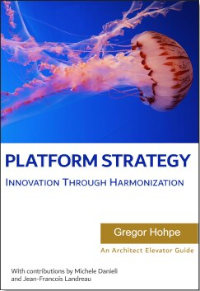Many messages passing through an integration solution consist of multiple elements. For example, an order placed by a customer consists of more than just a single line item. As outlined in the description of the Content-Based Router, each line item may need to be handled by a different inventory system. Thus, we need to find an approach to process a complete order, but treat each order item contained in the order individually.
How can we process a message if it contains multiple elements, each of which may have to be processed in a different way?

Use a Splitter to break out the composite message into a series of individual messages, each containing data related to one item.
use a Splitter that consumes one message containing a list of repeating elements, each of which can be processed individually. The Splitter publishes a one message for each single element (or a subset of elements) from the original message.
... Read the entire pattern in the book Enterprise Integration Patterns
Related patterns:
Aggregator, Content-Based Router, Content Filter, Correlation Identifier, Envelope Wrapper, Event-Driven Consumer, Pipes and Filters, Publish-Subscribe Channel






